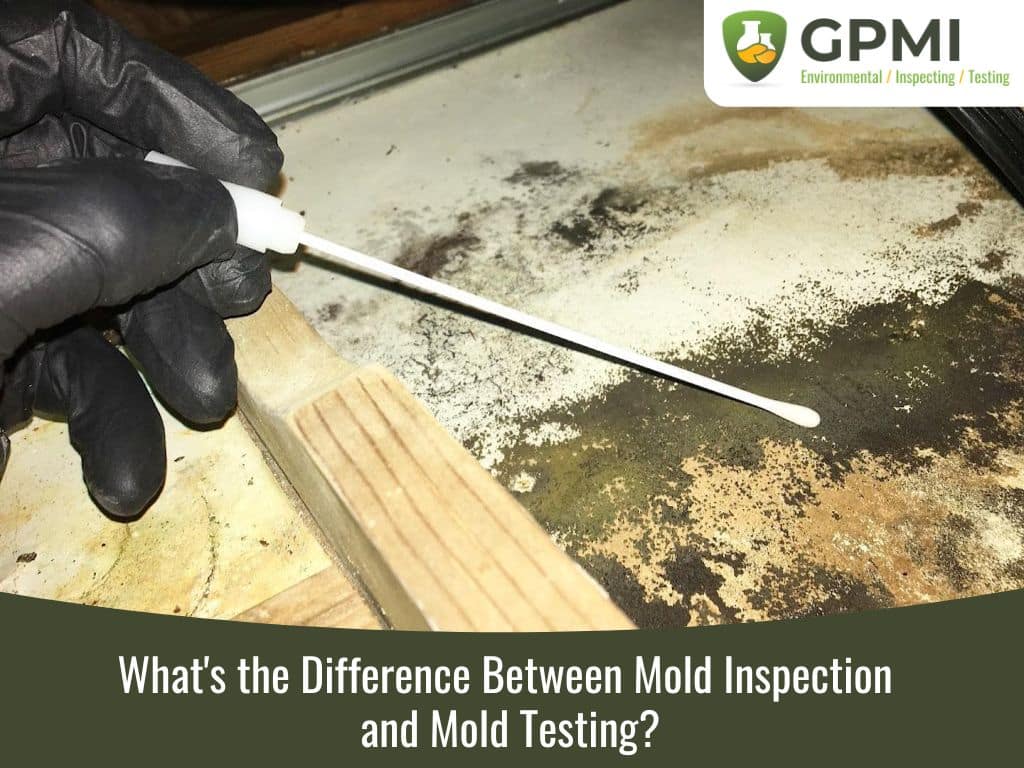Efficient Post Mold Remediation Cleaning Protocols
Efficient Post Mold Remediation Cleaning Protocols
Blog Article
Effective Message Mold And Mildew Removal Solutions for Your Home
Mold and mildew growth in homes can be a relentless issue, often needing a methodical technique for effective post-remediation remedies. From recognizing the factors that contribute to mold advancement to executing correct cleaning techniques and dampness control procedures, the procedure can be elaborate yet vital for keeping a healthy and balanced living environment. Post Mold Remediation.
Recognizing Mold Growth Factors
The main variable contributing to mold growth is moisture. Mold and mildew spores call for wetness to flourish and germinate, making humid or moist settings highly prone to mold and mildew infestations.

Furthermore, air movement and light direct exposure can influence mold growth. Locations that lack appropriate ventilation and all-natural light are more vulnerable to mold and mildew development. By attending to these elements thoroughly, individuals can successfully mitigate mold development and safeguard their living atmospheres.
Correct Mold Cleansing Methods
Utilizing effective cleansing methods is necessary in protecting against the reoccurrence and resolving of mold contamination in indoor settings. The initial action in proper mold and mildew cleaning is to include the afflicted area to prevent the spread of spores to uncontaminated areas.

Carrying Out Wetness Control Actions
To properly prevent mold and mildew development and contamination in indoor atmospheres, applying wetness control steps is critical. Furthermore, making certain correct air flow in locations prone to moisture buildup, such as kitchen areas and washrooms, can assist lower the threat of mold and mildew growth. By diligently implementing these dampness control steps, homeowners can effectively reduce the likelihood of mold removal and drywall repair mold recontamination and keep a healthy indoor environment.
Utilizing Natural Removal Solutions
After effectively carrying out dampness control measures to avoid mold and mildew development in indoor atmospheres, home owners can currently discover the efficiency of natural removal solutions in maintaining a healthy space. All-natural remediation remedies use eco-friendly approaches to fight mold and mildew and mold, making them a prominent option for those looking for safe choices. One such option is using vinegar, an all-natural antimicrobial agent, to tidy and disinfect surface areas infected by mold. Just dilute vinegar with water and spray it onto the affected locations, allowing it to rest for a few hours before wiping clean. In addition, tea tree oil, recognized for its antifungal residential properties, can be blended with water and sprayed onto mold-infested surface areas to inhibit further development. One more natural choice is hydrogen peroxide, which can properly eliminate mold and mildew on various surface areas without leaving unsafe deposits behind. By integrating these natural removal options into their cleansing regimens, homeowners can successfully deal with mold growth while promoting a healthier interior environment on their own and their families.

Preserving a Mold-Free Environment
Frequently inspecting areas vulnerable to mold and mildew growth, such as washrooms, cellars, kitchens, and attics, is crucial. Appropriate Bonuses ventilation in locations with high humidity degrees is additionally key to avoiding mold and mildew development.
Additionally, maintaining tidiness in the home is vital for mold and mildew prevention. Regularly cleaning and dusting surface areas, carpets, and upholstery can assist eliminate mold and mildew spores before they have a chance to settle and increase. Using mold-resistant items for building products and home furnishings can additionally assist in developing a mold-free atmosphere. Last but not least, maintaining indoor plants in check and guaranteeing correct water drainage in outside landscaping can decrease moisture build-up, decreasing the probability of mold and mildew infestations. By following these positive upkeep methods, property owners can efficiently promote a mold-free home.
Conclusion
In conclusion, it is important to deal with mold and mildew development variables, utilize correct cleansing strategies, carry out moisture control steps, use all-natural removal services, and maintain a mold-free environment in order to effectively manage post mold remediation in your house - Post Mold remediation cleaning. By following these approaches, you can protect against mold and mildew from recurring and make sure a healthy living atmosphere for you and your family members
The primary aspect adding to mold growth is moisture. Mold spores need wetness to flourish and germinate, making humid or wet atmospheres very vulnerable to mold invasions.To successfully avoid mold and mildew development and contamination in indoor environments, carrying out wetness control measures is vital. Furthermore, making sure appropriate air flow in areas prone to moisture build-up, such as kitchen areas and restrooms, can help lower Discover More the danger of mold and mildew development.After effectively implementing moisture control steps to prevent mold and mildew development in interior environments, home owners can currently explore the efficiency of all-natural removal services in preserving a healthy living area.
Report this page